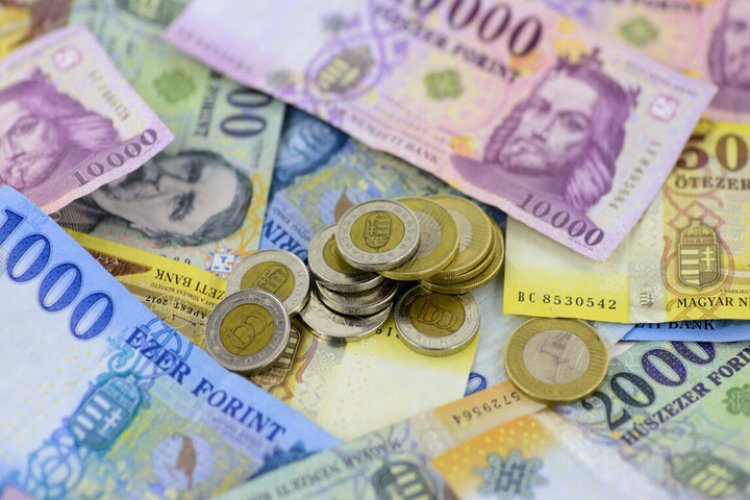75 years old the Hungarian forint

The forint ( Ft; or HUF) is the currency of Hungary. The introduction of the forint on 1 August 1946 was a crucial step in the post-World War II stabilisation of the Hungarian economy, and the currency remained relatively stable until the 1980s. Transition to a market economy in the early 1990s adversely affected the value of the forint; inflation peaked at 35% in 1991. Since 2001, inflation is in single digits, and the forint has been declared fullyconvertible. As a member of the European Union, the long-term aim of the Hungarian government may be to replace the forint with the euro, but that does not appear to be likely until some time during the 2020s.
Historically the forint was subdivided into 100 fillér (comparable to a penny), although fillér coins have been rendered useless by inflation and have not been in circulation since 1999. (Since 2000, one forint has typically been worth about half a US cent or slightly less.) The Hungarian abbreviation for forint is Ft, which is written after the number with a space between.
When the forint was introduced, its value was defined on the basis of 1 kilogram of gold being 13 210 forints. Therefore, given that gold was fixed at US$35 per Troy ounce, one USD was at that time worth 11.74 forints.
In 1946, 10- and 100-forint notes were introduced by the Magyar Nemzeti Bank (Hungarian National Bank). A new series of higher quality banknotes (in denominations of 10, 20 and 100 forints) were introduced in 1947 and 1948. The 50-forint notes were added in 1953, 500-forint notes were introduced in 1970, followed by 1,000 forints in 1983, and 5,000 forints in 1991.
A completely redesigned new series of banknotes in denominations of 200, 500, 1,000, 2,000, 5,000, 10,000 and 20,000 forints was introduced gradually between 1997 and 2001. Each banknote depicts a famous Hungarian leader or politician on the obverse and a place or event related to him on the reverse. All of the banknotes are watermarked, contain an embedded vertical security strip and are suitable for visually impaired people. The 1,000 forints and higher denominations are protected by an interwoven holographic security strip.
























